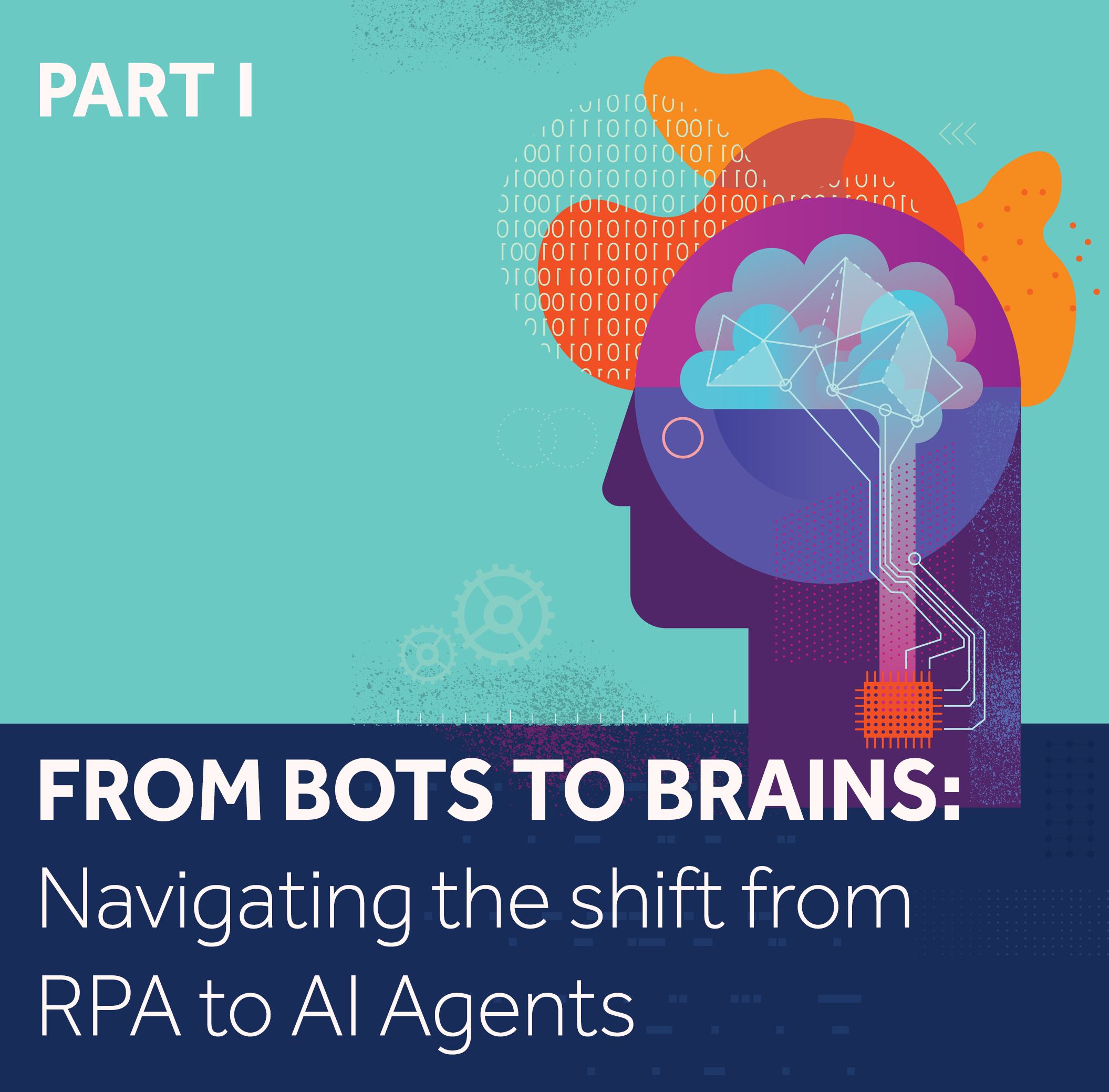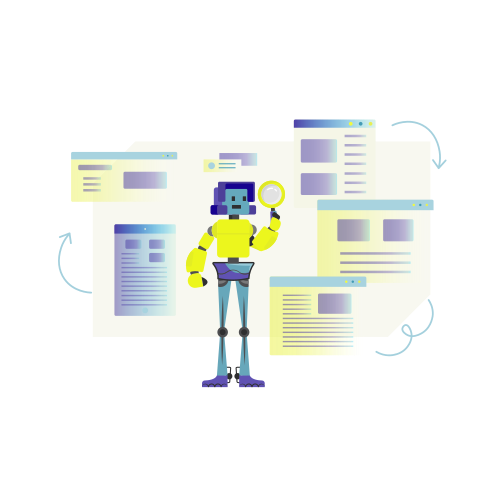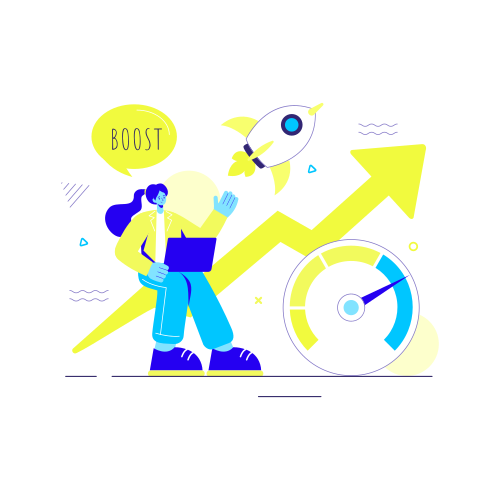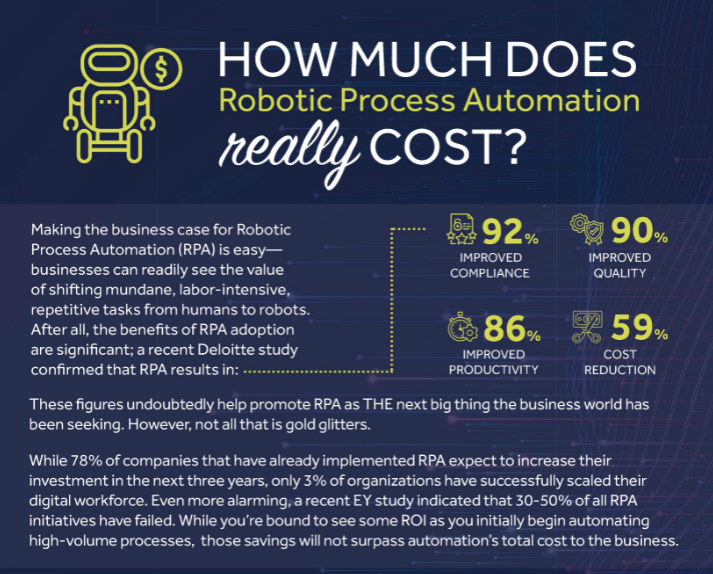Rethinking RPA Migration: Smarter Moves, Less Rework, Better Outcomes
If you’re moving off legacy RPA platforms, here’s how to make smarter decisions about what to migrate, what to reuse, and how to set your automation estate up for AI.
Let’s be honest—migrating off legacy RPA platforms like Automation Anywhere, UiPath, or Blue Prism isn’t exactly fun. It’s time-consuming, expensive, and full of unknowns. And if your team’s also being asked to move toward Microsoft Power Automate while figuring out what to do with AI agents… it can feel like a lot.
The good news? There are ways to make the process a lot easier—and a lot smarter.
At Blueprint, we’ve worked with large enterprises navigating these exact transitions. We’ve seen what works (and what definitely doesn’t). And while every organization is different, a few things consistently make a huge difference.
Here’s what we’ve learned:
👀 Look before you leap
Before migrating anything, it helps to know what you’re actually working with. That means getting visibility into things like:
- How complex each bot is
- What dependencies it touches
- Which ones are still valuable
- Which ones are reusable
- And which ones are better left behind
It’s surprising how many automations aren’t worth the effort to migrate—and how many can be reused with minor tweaks.
🔁 Not everything has to be rebuilt
It’s easy to assume you’ll have to rewrite everything from scratch in Power Automate. But in many cases, large portions of code can actually be converted automatically. Even when full conversion isn’t possible, getting a detailed list of what will break (and how to fix it) makes testing and deployment much faster.
🧠 AI works better when it knows what’s already been done
As organizations explore GenAI, digital workers, and intelligent agents, one thing often gets overlooked: context.
If your AI agents don’t know what automations already exist or what they do, they’re more likely to replicate efforts—or go off track. Having up-to-date specs for your bots gives agents a head start and helps everything work more cohesively.
You don’t have to do a massive RPA migration alone—or blindly. With the right visibility and tools, you can reduce rework, surface high-impact automations, and get one step closer to an AI-ready automation strategy.
If you’re in the thick of it (or about to be), we’re happy to walk you through what this could look like in your environment.
Share this
Recent Stories

The Hype and the Reality—Are AI Agents the Future of Automation?

Part 1: Lifting the Lid on RPA Migration — What Blueprint Assess Reveals About Your Bot Estate



